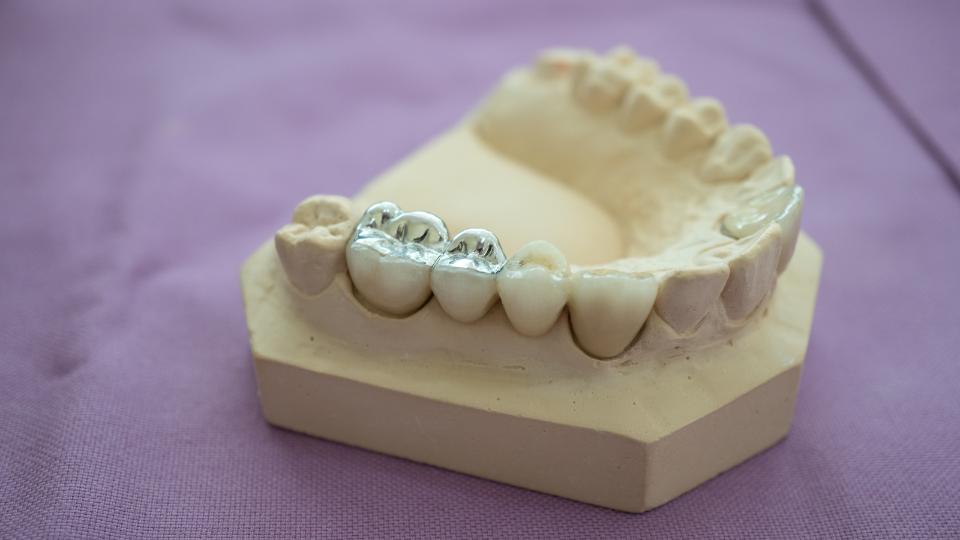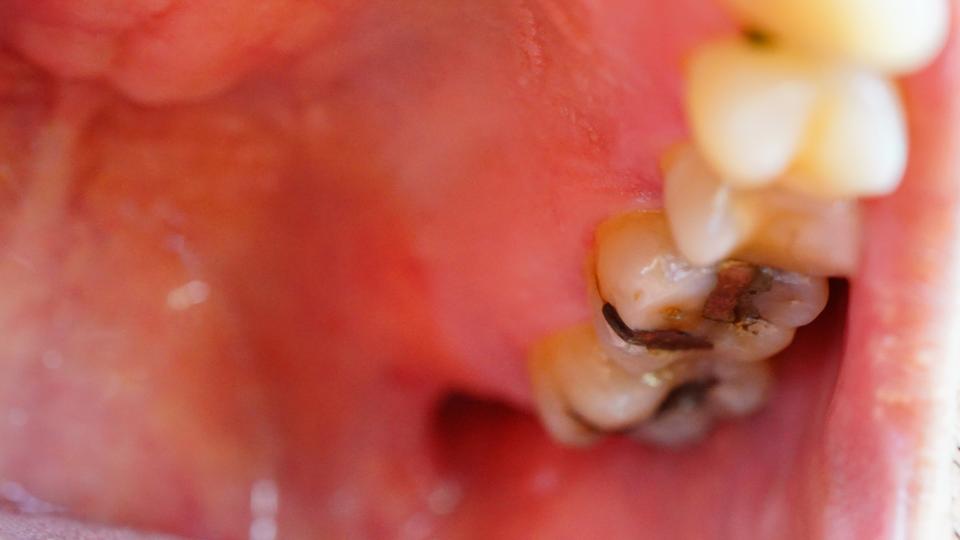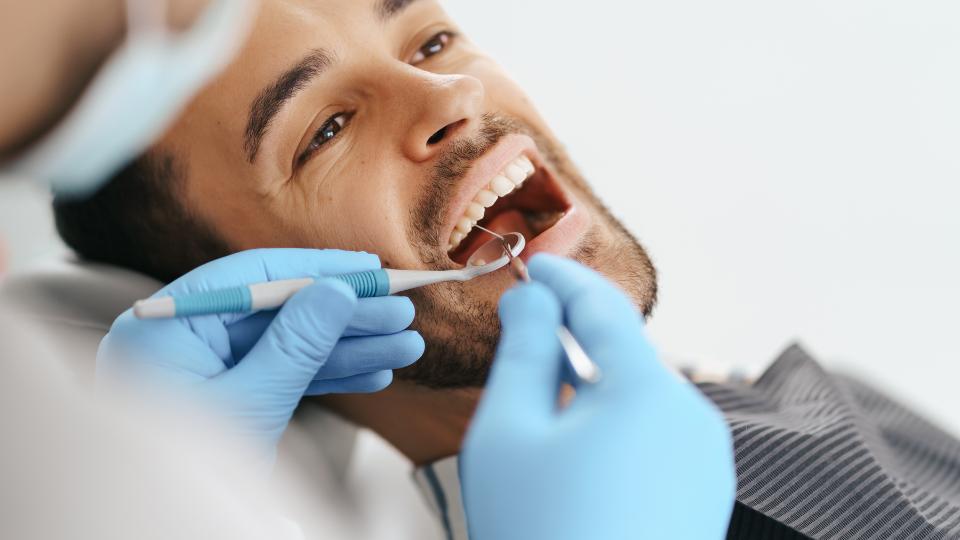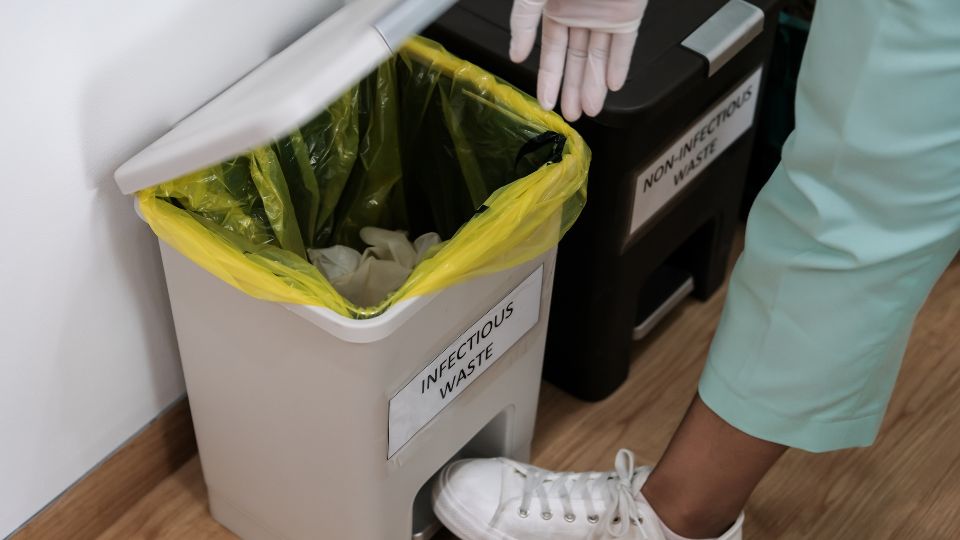
It’s important to deal with amalgam waste correctly.
As a business owner in the UK, you’re likely familiar with the stringent regulations and ethical responsibilities that come with managing waste materials, particularly in the dentistry industry.
Amalgam waste, in particular, poses unique challenges due to its composition and potential environmental impact.
Whether you run a dental practice, a healthcare facility, or any other business that deals with amalgam-containing products, understanding how to handle this waste correctly is essential.
Table of Contents
- What is Amalgam and Why Does it Matter?
- Legal Requirements and Environmental Impact of Amalgam Waste
- Best Practices for Handling Amalgam Waste
- Environmental Impact and Sustainability of Amalgam Waste
- Conclusion
What is Amalgam and Why Does it Matter?
Amalgam is a commonly used dental filling material that consists of a mixture of metals, including silver, mercury, tin, and copper.
It’s valued for its durability and cost-effectiveness in dental applications.
However, due to its mercury content, amalgam waste is classified as hazardous and requires special handling to prevent environmental contamination.

Legal Requirements and Environmental Impact of Amalgam Waste
In the United Kingdom, the disposal of amalgam waste is governed by strict regulations set by the Environment Agency and the Department for Environment, Food & Rural Affairs (DEFRA).
These regulations are designed to minimise mercury emissions into the environment and protect public health.
According to the Environment Agency, dental amalgam waste must be collected, stored, and disposed of in accordance with the Special Waste Regulations 1996.
Dental practices and other facilities that use amalgam must use amalgam separators to capture the waste before it enters the wastewater system.
This ensures that mercury and other metals do not contaminate water sources or harm aquatic ecosystems.

Best Practices for Handling Amalgam Waste
Use of Amalgam Waste Separators
Install and maintain amalgam separators in your dental units or relevant equipment to capture amalgam waste before it enters wastewater.
Segregation and Collection of Amalgam Waste
Separate amalgam waste from other types of waste at the source.
Use designated containers that are clearly labelled and leak-proof.
Contract with Licensed Waste Management Companies
Ensure that your waste management provider is licensed to handle hazardous waste (just like us!), including dental amalgam.
They should provide you with a waste transfer note detailing how the waste will be disposed of.
Training and Awareness
Educate your staff on the importance of proper amalgam waste management.
Provide training on segregation procedures, handling techniques, and emergency spill protocols.

Environmental Impact and Sustainability of Amalgam Waste
The environmental impact of improper amalgam waste disposal can be significant.
Mercury, a toxic substance, can bioaccumulate in aquatic organisms and pose risks to human health through consumption of contaminated fish.
By adhering to proper waste management practices, businesses can contribute to environmental sustainability and public health protection.

Conclusion
Managing amalgam waste correctly is not just a legal requirement but a crucial step towards environmental responsibility and ethical business practices.
By following the guidelines and regulations set by authorities, businesses can mitigate risks associated with mercury contamination and contribute to a safer, healthier environment for all.
As UK business owners, it’s our responsibility to stay informed and proactive in managing amalgam waste.
By doing so, we not only comply with regulations but also demonstrate our commitment to sustainable practices and community well-being.
Remember, every small effort counts towards a cleaner and safer future.
Let’s work together to make a positive impact through responsible waste management.







